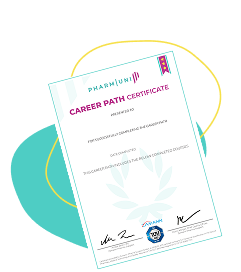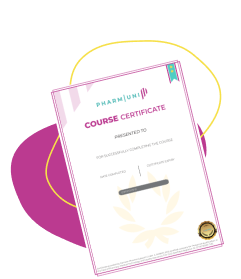Standard Operating Procedure (SOP)
Definition
A Standard Operating Procedure (SOP) is a documented set of step-by-step instructions designed to ensure consistency and compliance in the performance of specific tasks or processes. In the pharmaceutical, life sciences, and regulatory industries, SOPs are critical tools for maintaining product quality, ensuring safety, and meeting regulatory requirements.
SOPs serve as a foundation for quality assurance systems and are required by Good Manufacturing Practice (GMP) regulations. They help organizations standardize operations, reduce variability, and demonstrate compliance during audits and inspections.
Detailed Explanation
Purpose of SOPs in Pharmaceutical and Life Sciences
Standard Operating Procedures are essential in regulated industries like pharmaceuticals and biotechnology due to the high stakes involved in product quality, patient safety, and regulatory compliance. SOPs provide a written method for performing routine operations, which helps ensure that all personnel follow the same procedures every time.
Key purposes of SOPs include:
- Consistency: Ensuring that tasks are performed the same way each time, minimizing variability.
- Compliance: Demonstrating adherence to regulatory requirements such as FDA, EMA, and ICH guidelines.
- Training: Serving as a training resource for new employees and a refresher for existing staff.
- Quality Assurance: Supporting quality systems by documenting best practices and corrective actions.
- Audit Readiness: Providing documentation during internal and external audits or inspections.
Components of an SOP Document
While the format may vary by organization, a well-structured SOP typically includes the following components:
- Title and SOP Number
- Purpose and Scope
- Responsibilities
- Definitions (if applicable)
- Materials and Equipment
- Procedure (step-by-step instructions)
- Safety and Compliance Considerations
- References and Related Documents
- Revision History
Examples in Practice
In pharmaceutical manufacturing, SOPs are used for a wide range of processes, including:
- Cleaning and sanitization: Procedures for cleaning production equipment and facilities.
- Batch record review: Instructions for reviewing production documentation before product release.
- Deviation management: Guidelines for identifying, reporting, and investigating deviations from standard processes.
- Change control: Steps for proposing, evaluating, and implementing changes to validated systems or processes.
SOPs and Regulatory Compliance
Regulatory agencies such as the U.S. Food and Drug Administration (FDA) and the European Medicines Agency (EMA) require companies to have written procedures for all critical processes. During inspections, auditors often request SOP documentation to verify that processes are controlled and compliant.
For example, under FDA’s 21 CFR Part 211 for pharmaceutical manufacturing, companies must establish and follow written procedures for production and process control. Similarly, ICH Q10 outlines the importance of SOPs in maintaining a pharmaceutical quality system.
Best Practices for SOP Management
Effective SOP management involves not only writing and approving procedures but also ensuring they are regularly reviewed, updated, and accessible. Best practices include:
- Using a document control system to manage versions and approvals
- Training personnel on new or revised SOPs before implementation
- Reviewing SOPs periodically (e.g., every 1–2 years)
- Archiving outdated SOPs for historical reference and audit trails



